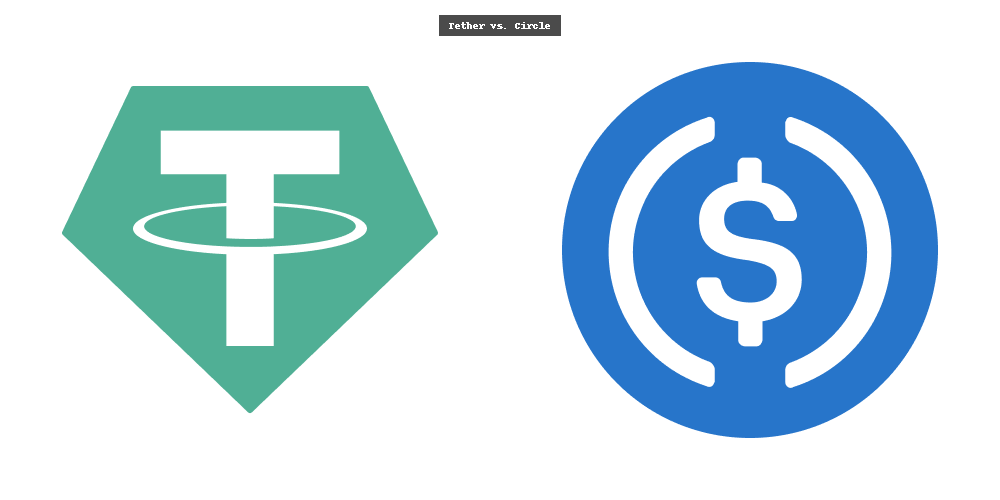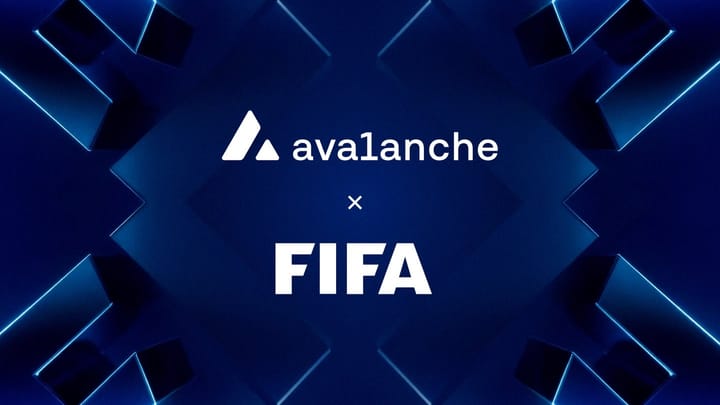Mitosis and the Restoration of Fairness in DeFi: A New Era of Equitable Finance
Introduction to the Problem of Fairness in DeFi
Decentralized Finance (DeFi) has emerged as a revolutionary force in the world of finance, offering borderless, permissionless access to financial services. However, as the sector has matured, cracks have appeared in its foundation—particularly around fairness and equitable access. Problems like front-running, whale manipulation, opaque governance structures, and limited participation from smaller investors have cast doubt on whether DeFi truly lives up to its promise of decentralization. This is where Mitosis, a next-generation cross-chain protocol, is making a compelling case as a solution designed specifically to reintroduce fairness into the DeFi ecosystem.
The Foundational Ideals of DeFi
To understand how Mitosis is changing the game, it’s important to revisit the core ideals of DeFi: decentralization, transparency, and inclusivity. DeFi sought to remove intermediaries and provide open access to anyone with an internet connection. However, as liquidity pools grew and platforms became more complex, power became concentrated in the hands of a few. Flash loan attacks, predatory arbitrage bots, and governance token centralization increasingly mirrored the same inequities traditional finance was criticized for. Mitosis re-aligns DeFi with its original mission by addressing these imbalances at a protocol level.
What is Mitosis?
Mitosis is a cross-chain liquidity and data availability protocol designed to unify fragmented blockchain ecosystems while ensuring equitable access and governance. It allows users and developers to move liquidity and information seamlessly between chains without compromising security or decentralization. More than just an interoperability solution, Mitosis is built with fairness at its core—by enabling democratic access to cross-chain liquidity and empowering users through decentralized decision-making and fair tokenomics.
Cross-Chain Liquidity: Leveling the Playing Field
One of the most transformative features of Mitosis is its approach to cross-chain liquidity. Traditionally, liquidity in DeFi is fragmented across different chains, forcing users to either rely on centralized bridges or pay exorbitant gas fees to move assets. This model disadvantages smaller participants who cannot afford frequent interactions. Mitosis changes this by enabling trust-minimized, efficient liquidity routing across chains. This makes DeFi more accessible to a broader user base, not just whales or early adopters.
Fair Participation Through Equitable Staking Mechanisms
Mitosis introduces innovative staking mechanisms that encourage long-term participation and discourage manipulation. Rather than rewarding users solely based on capital size, Mitosis aligns incentives around time-locked participation, governance engagement, and actual contribution to network stability. This approach ensures that power within the ecosystem is not concentrated among a few large stakeholders but is distributed based on participation quality and consistency. These staking principles help mitigate the centralization risks that plague many existing DeFi protocols.
Data Availability as a Fairness Enabler
In DeFi, information asymmetry often leads to exploitation—be it through arbitrage or market manipulation. Mitosis tackles this head-on by incorporating a robust data availability layer, ensuring all participants have real-time, verifiable access to cross-chain data. This transparency enhances market efficiency and helps level the playing field, allowing retail users and smaller protocols to make informed decisions without being outpaced by high-frequency bots or institutional actors.
Security Without Centralization
A common trade-off in DeFi is between security and decentralization. Many cross-chain solutions sacrifice decentralization for quicker consensus, exposing users to risks. Mitosis avoids this by leveraging decentralized validators and cryptographic proofs that allow for secure and permissionless operations across chains. This architecture provides robust defense against exploits while maintaining the decentralization ethos, ensuring fairness isn’t compromised for convenience.
Democratizing Governance
Governance has been a sore point in DeFi, with many protocols devolving into plutocracies where governance tokens are disproportionately held by early investors or VC funds. Mitosis seeks to fix this by implementing a more equitable governance model that blends token-weighted voting with community participation and delegation. Through quadratic voting and proposal funding from community treasuries, Mitosis ensures that even small stakeholders have a real voice in shaping the protocol’s future.
Bridging Ecosystems and Reducing Isolation
Blockchain ecosystems often operate in silos, creating inefficiencies and missed opportunities. Mitosis acts as a unifying layer that enables true interoperability, not just token bridging. This interoperability facilitates shared liquidity, collaborative governance, and composability between chains—making it easier for smaller, innovative DeFi projects to thrive alongside established ones. The end result is a more diverse and competitive landscape, driven by merit rather than monopolistic control.
User-Centric Design and Accessibility
User experience is a critical yet often overlooked component of fairness in DeFi. Complex interfaces and unintuitive designs disproportionately affect newcomers and non-technical users. Mitosis is built with accessibility in mind, offering intuitive interfaces, simplified onboarding, and seamless cross-chain interactions. By removing technical barriers, Mitosis democratizes access to sophisticated DeFi tools, ensuring that anyone—not just coders or crypto veterans—can participate fully.
Sustainable Tokenomics for Long-Term Equity
Many DeFi tokens are designed for rapid speculation rather than long-term sustainability. Mitosis counters this by implementing tokenomics that reward actual value creation. The protocol’s native token is used for staking, governance, and incentivizing liquidity provision in a balanced way that discourages pump-and-dump behavior. This sustainability ensures a more stable and equitable economic environment where rewards are distributed fairly and predictably.
Real-World Use Cases Reinforcing Fairness
Mitosis has already begun to demonstrate its fairness-driven approach through practical use cases. From enabling smaller DAOs to access liquidity across multiple chains to empowering NFT platforms with decentralized data feeds, Mitosis is proving its utility across the DeFi spectrum. These real-world integrations showcase how fairness isn’t just a theoretical goal—it’s a practical, achievable outcome when protocol design prioritizes decentralization and transparency.
Community as the Cornerstone of Fairness
Mitosis places a strong emphasis on community involvement, recognizing that fairness cannot be achieved without a diverse, engaged user base. From open governance proposals to educational grants and builder incentives, the protocol continuously invests in its community. This bottom-up approach ensures that development aligns with user needs, not just investor interests, further reinforcing Mitosis’s commitment to fair and democratic participation.
Conclusion
As DeFi continues to evolve, protocols like Mitosis offer a much-needed recalibration. By addressing structural inequities around liquidity access, governance, data availability, and user experience, Mitosis reaffirms the foundational promises of decentralized finance. Its innovative features and community-first ethos provide a blueprint for how DeFi can evolve into a truly inclusive, transparent, and equitable financial ecosystem. In doing so, Mitosis is not just another protocol—it is a movement toward fairness reborn.



Comments ()